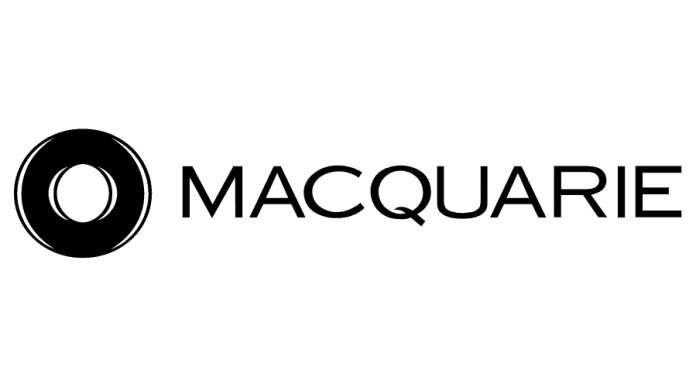Macquarie Warrants has launched call and put warrants over the Dow Jones Industrial Average Index (DJIA) and the NASDAQ-100 Index (NDX), the first such warrants to be listed on Bursa Malaysia (Bursa). The structured warrants started trading on Bursa on Friday, December 17, 2021
The new warrants over the DJIA and NDX join the existing warrants over the S&P 500 Index (SP500), meaning that there are now warrants over three U.S. indices available on Bursa. The DJIA is a price-weighted measure of 30 U.S. blue-chip companies and covers all industries except transportation and utilities, while the NDX includes 100 of the largest U.S. and international non-financial companies listed on the NASDAQ Stock Market, and reflects companies across major industry groups including computer hardware and software, telecommunications, retail/wholesale trade and biotechnology.
Macquarie Warrants continues to expand its structured warrant coverage in Malaysia with new product choices. Earlier in March this year, Macquarie Warrants launched the first warrants over the Hang Seng TECH Index (HSTECH), allowing investors to gain exposure to the largest technology companies listed in Hong Kong. In end-June this year, Macquarie Warrants launched calls and put over selected Hong Kong-listed shares as well, allowing investors to gain leveraged exposure to the moves in the shares of specific Hong Kong-listed companies.
“We have seen an increase in investors’ interest in structured warrants over foreign shares and indices in the last 12 months. As structured warrants over a variety of underlying are now available on Bursa, investors can gain exposure to the local and foreign markets via their existing trading platforms, allowing them to have a better overview of their overall portfolios. We will continue to expand the product choices for warrant investors in Malaysia,” said Dean Herbert, Head of Listed Product Distribution, Asia, Macquarie Commodities and Global Markets.
With the issuance of both call and put warrants, investors with either bullish or bearish views can gain exposure to the U.S. markets. A call warrant moves in line with the underlying, increasing in value as the underlying increases, while a put warrant moves in an opposite direction to the underlying, increasing in value as the underlying decreases, and vice versa. The put warrants also allow investors to hedge their U.S. portfolio against any downside risk in the market. In addition, with warrants being a leveraged product, investors can gain exposure with a smaller capital outlay, and yet will not be subject to any margin calls.









